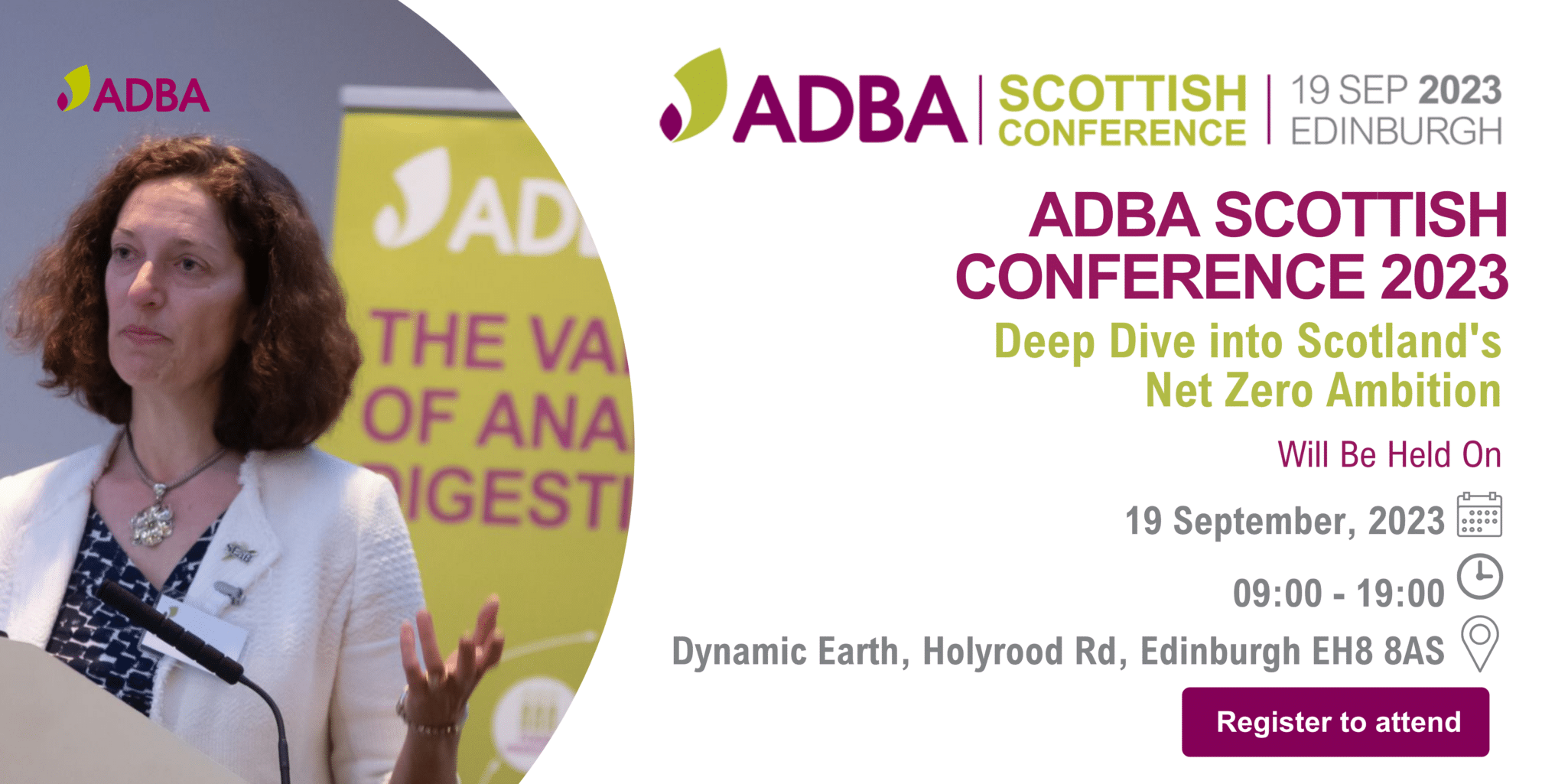We held our spring members meeting in Coventry at the end of April. Here we…
The Sustainable Farming Incentive – an ELMS update and call for interest
Last week, Defra released an overview of the anticipated Environmental Land Management scheme (ELMS) and is calling on farmers to register their interest in taking part in the next stage of the Sustainable Farming Incentive (SFI) scheme. The SFI, one of three planned under the ELMS, is designed to reward farmers for carrying out environmental management actions and will begin piloting in October before being officially launched mid-2022.
The pilot scheme seeks to implement the lessons learned from the Test and Trials that have been ongoing since 2018, bringing them together in an initial ‘prototype’ scheme. It will test various aspects of the proposed SFI such as the suitability of proposed land management actions, approaches to advice and guidance, and how to use land management plans to maximise benefits for farmers.
What is covered in the Scheme?
The scheme will enable them to build up agreements based around eight initial standards that are focussed on assets such as waterbodies, grassland, hedgerows etc. The initial standards are:
- Arable and horticultural land standard
- Arable and horticultural soils standard
- Improved grassland standard
- Improved grassland soils standard
- Low and no input grassland standard
- Hedgerow standard
- On farm woodland standard
- Waterbody buffering standard
More standards will be added as the pilot and scheme progress though it is not yet clear what these might be. Each standard is separated into levels: introductory, intermediate and advanced. Farmers are able to apply for different levels in each of the different standards as relevant, and can be applied to some or all fields on a farm, giving farmers flexibility in how they adhere to the scheme. A breakdown of which actions will be rewarded during the pilot can be found here.
How much will the scheme pay?
Each standard’s levels will have different base rates, and it is important to note that farmers will only be able to apply for higher level rates if they complete all the necessary actions in the lower tiers of the standard.
| Standard | Initial base rates (first phase of pilot only) |
| Arable and horticultural land standard | from £28 up to £74 per hectare |
| Arable and horticultural soils standard | from £30 up to £59 per hectare |
| Improved grassland standard | from £27 up to £97 per hectare |
| Improved grassland soils standard | from £6 up to £8 per hectare |
| Low and no input grassland standard | from £22 up to £110 per hectare |
| Hedgerow standard | from £16 up to £24 per 100 metres |
| On farm woodland standard | £49 per hectare |
| Waterbody buffering standard | from £16 up to £34 per 100 metres |
Who will be involved in the scheme?
Farmers, land managers, pilot scheme administrators, advisors, and stakeholders such as farming and environmental group representatives are all going to be crucial to carrying out a successful pilot. Defra have expressed that the pilot will be an in-depth and dynamic learning process, with farmers and land managers playing crucial roles in the development of the scheme. Anyone who currently receives funding under the Basic Payment Scheme (BPS) will be eligible to apply for the pilot scheme with Defra hoping to roll it out to several hundred farmers during this initial stage.
What does this mean for AD?
Despite ADBA campaigning for the benefits of anaerobic digestion (AD) to be recognised under ELMS, the scheme has no direct references to AD however there are a number of ways it may play a role in some of the actions a farmer could take to achieve certain standards. Initial understanding of the scheme suggests that there may be indirect impacts on the sector through various actions being rewarded, such as:
- Improving the soil structure and biology by inputting organic matter over some (or more) of your arable and horticultural land
- Taking measurements to maintain soil structure (to avoid or alleviate soil compaction)
- Limiting application rates of inorganic fertiliser and manures on grassland (under the low and no input grassland standard)
- Payment for using slurry more efficiently by testing content, managing application rates and using low emission technologies (on grasslands)
- Planting clover and legumes to reduce fertiliser usage (on grasslands)
- The use of efficient precision application equipment for fertilisers and organic manures
- The rapid incorporation of organic manures and slurries on ploughed land
Next Steps
If you are interested in applying for the scheme, register your expression of interest here before the 11th April 2021. If you have any further questions, please contact leanne.williams@adbioresources.org.



